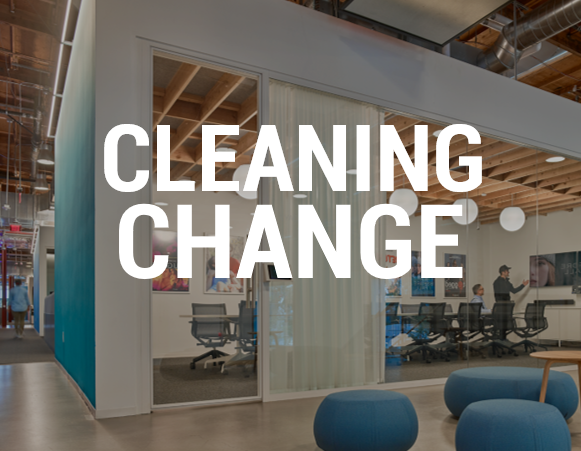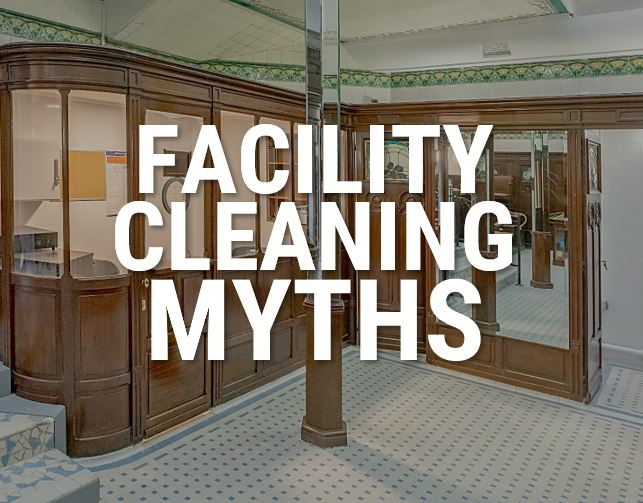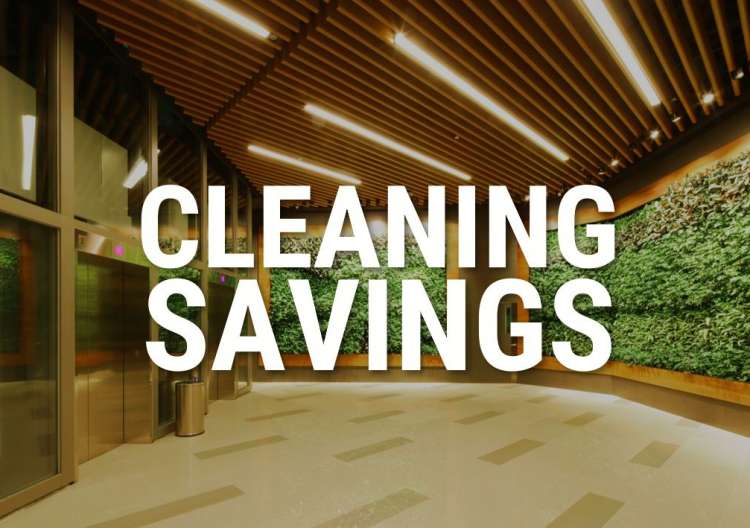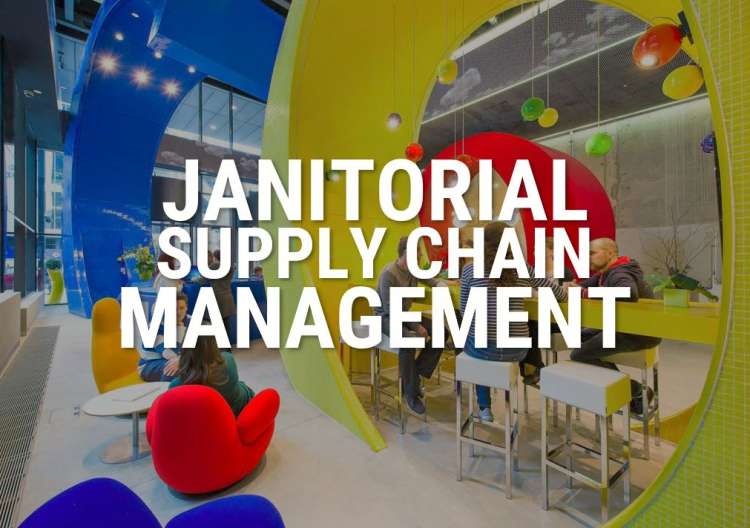Great facilities cleaning is made, not born.
It’s surprising how often our clients express the same frustration to us:
“We’ve improved our cleaning products and dispenser systems. We’ve transformed our inventory management and ordering processes, so we’ve always got the right products on hand. We did a half-day cleaning workshop for all our employees, and we made cleaning part of the employee handbook. But the cleaning around here is still sub-standard – what’s the problem?”
Well, as we discussed in our piece on the challenges of cleaning public restrooms, the truth is that cleaning public spaces like workplaces just isn’t the same as cleaning the kitchen or bathroom at home. Your employees may be the sort of people who keep their homes in perfect order with floors you could eat off – but that doesn’t mean your store, office or workshop will be properly cleaned on a regular basis.
Better cleaning takes training, leadership and culture.
ISSA recently published a great infographic on the 7 steps to cleaning change solutions (below), and it makes sense.
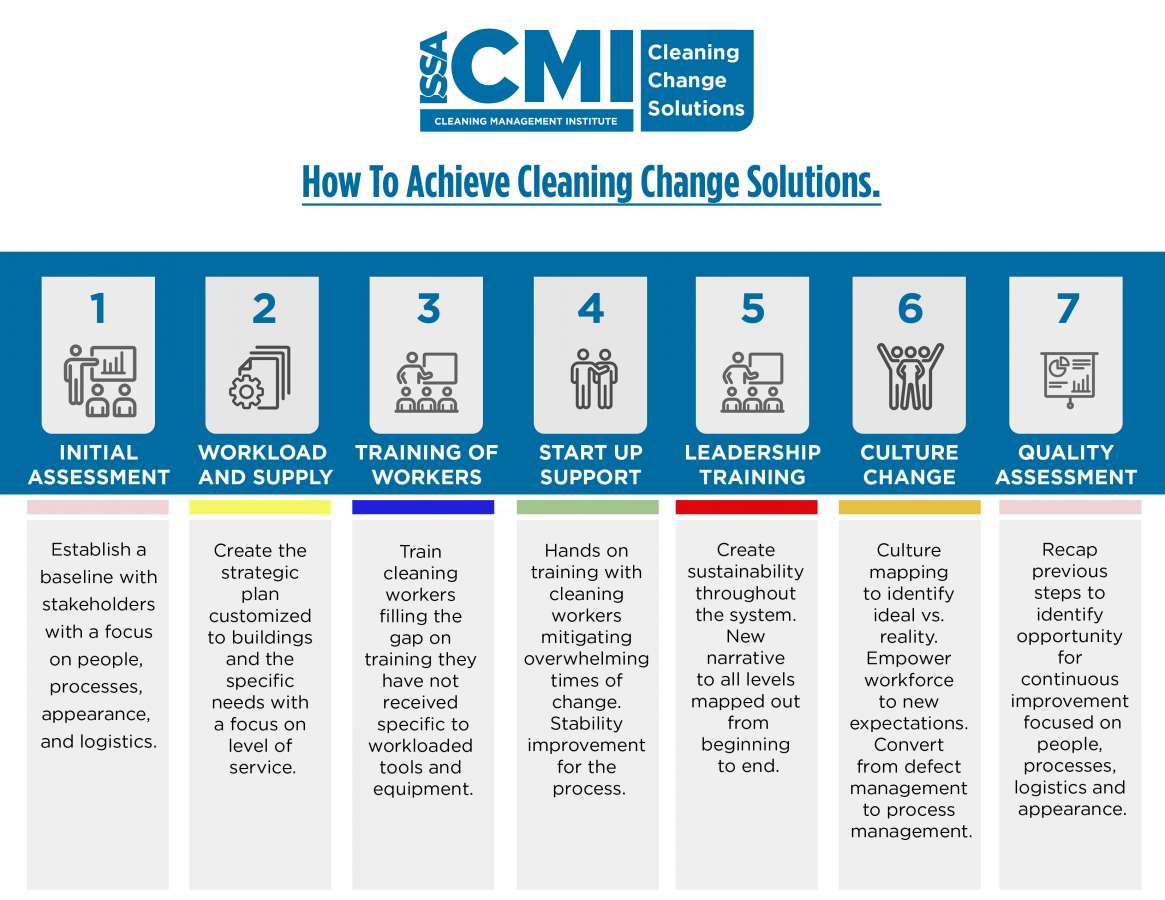
In our experience, however, facilities cleaning change tends to falter at 3 places:
TRAINING: Effective change around cleaning procedures in your office, workshop or warehouse won’t happen after a single half-day workshop on cleaning. Employees who are responsible for any part of the cleaning process need in-depth, ongoing training, with regular updates and reminders. You can’t just point to a new surfactant dispenser and say “Look, it’s new! You should use it!” (Some cleaning products suppliers – like Tennier – will be happy to provide training for your employees. Just ask!)
LEADERSHIP: The ISSA graphic refers to ‘Leadership Training’, and it’s certainly true that leadership needs to be familiar with the same training that employees get. However, the real problem with leadership in many organizations is that senior management tends to think of cleaning as something that just ‘happens’. It’s not considered strategic (even though it is); it’s considered a cost centre (even though there’s an ROI to cleaning); and it has zero coolness factor. But when senior leadership pushes cleaning to the back burner, so do employees – and then change can’t happen.
CULTURE CHANGE: You can give your employees great products and great training, but if you never measure their cleaning efforts; or worse, tell them that cleaning has to be done in the last 10 minutes before their shift ends, on top of their other duties, your cleaning will never improve. Shifting the culture means supporting employees when they need adequate time for cleaning; making cleaning part of their performance management and KPIs; and ensuring that managers stop rolling their eyes when employees say they need different products or equipment to accomplish a particular cleaning task.
Cleaning better: It’s about priorities.
So what do we tell our clients who struggle with cleaning quality? We say that once facilities cleaning is a priority, and treated the same way as other business priorities, it automatically improves. If your facilities aren’t as clean as you wish they were, you may want to examine your current business plan. If cleaning/sanitation/hygiene isn’t in there, it’s time to make a change.


